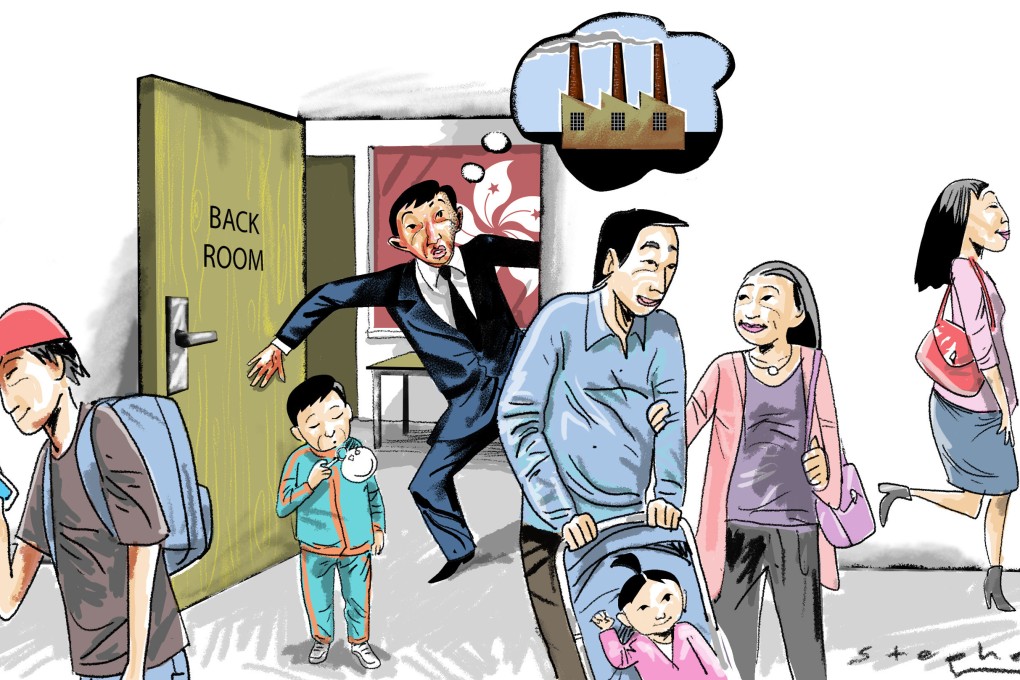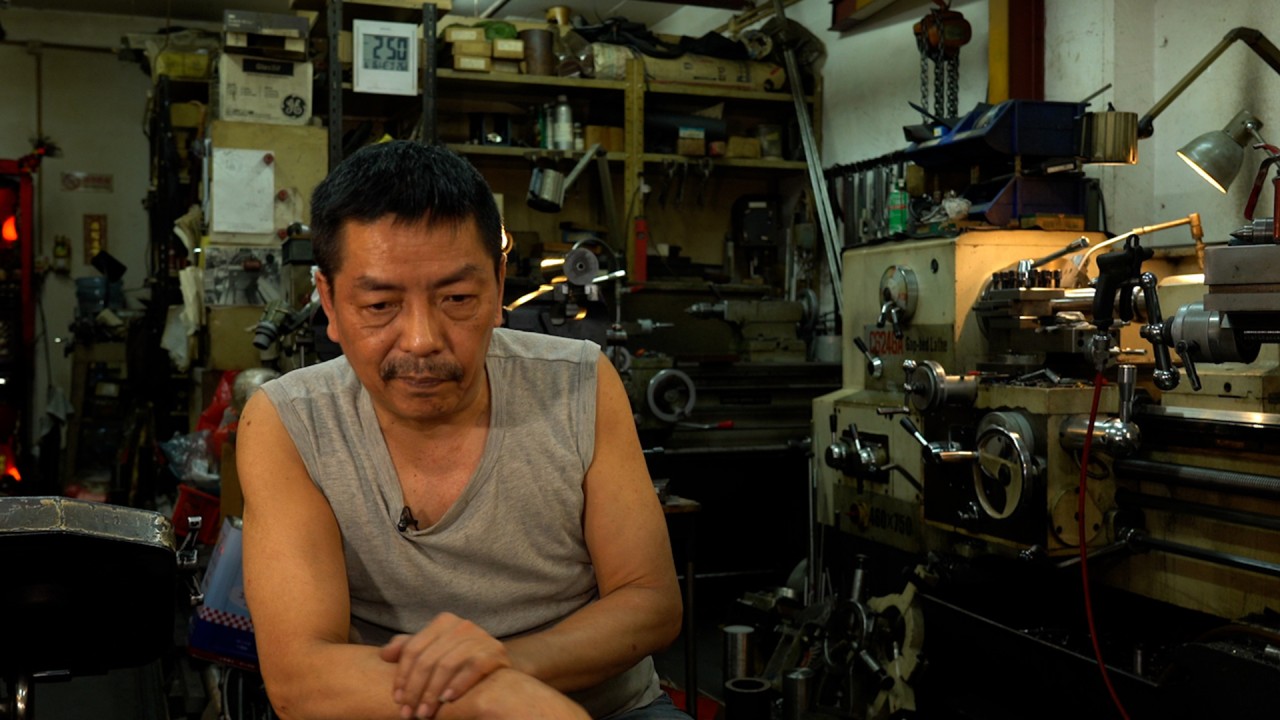Opinion | For a Hong Kong in flux, a dual strategy for reinventing its economy
- The city must move on from the ‘front shop, back factory’ model built around low-cost production in China
- It should aim instead at becoming a base for mainland firms managing global operations, and also develop products targeting the mainland market

Hong Kong has been fortunate in its opportunities to reinvent itself in the last 70 years. In the 1950s, amid restrictions on trade with mainland China, Hong Kong built its manufacturing capability with capital and know-how from Shanghai industrialists, and exported its own industrial output to the world.
In the late 1970s, as it lost competitiveness due to rising production costs, Hong Kong moved factories northwards, creating the “front shop, back factory” model and transforming its economy into a centre of producer services, particularly finance, trade and related services.
Since the late 2000s, however, there have been some seismic changes in the global economy. One change is the slow growth in Hong Kong’s traditional markets (North America and Europe) after 2008. The other is the rising costs of production on the mainland.
Even if some of the mainland-based companies manage to keep their export competitiveness, they are increasingly exporting directly to the world, instead of indirectly via Hong Kong, which poses serious challenges to the city’s pillar industries such as trade and logistics.


